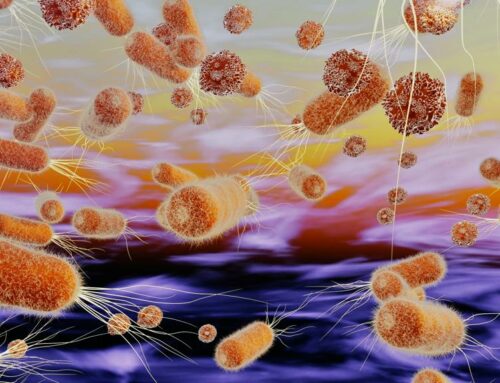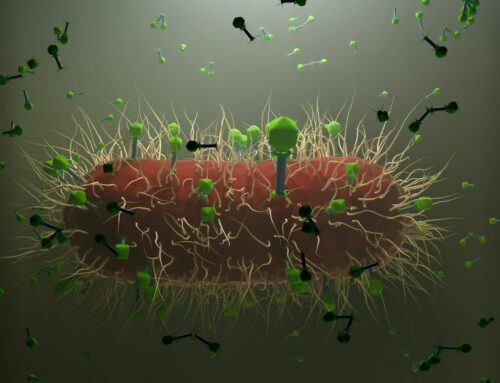In many areas due to the climate effect we may well ask: “Will the snow cover or uncover the tracks?” Namely, even if micro-organisms are small and invisible to our eyes, their effects are often most observable and have large dimensions.
Northwards of the 60th altitude, 50% of the world population is Finnish. However, contrary to a common disbelief, the polar bears are not wandering in the streets of Helsinki. They live north from us, but it is the arctic areas which are the most subjected to the so-called climate change. And the warming is affecting the microbes. Several of them, such as the methane archaeans, do accelerate the process.
In the islands of the Arctic Ocean the phenomenon called “watermelon snow” has been increasing lately. This means the snow fields change color into pink. This is caused by a mass occurrence of an algae, Chlamydomonas nivalis, which has a secondary red pigment, astaxanthin. This organism thrives in the freezing water, and it has been known in many polar or high altitude areas of the world. Nowadays, as the habitats of the polar bear are shrinking, it has painted increasing areas pink.
A simple example of the times that we live in. By the way, this substance (astaxanthin) is known for being one of the most potent and beneficial antioxidants for human health, and the algal pools have been established for its production.
In Finland, relatives of the polar bears, the brown bears, are now looking for a place to hibernate under the protective cover of snow. They have eaten the precious antioxidants of the wild berries, such as cranberries, lingonberries and cloudberries in the wildmark. They are not as big as the polar beers, but the largest males have been said to weigh over 500 kilos. Besides being carnivores, they consume lots of plant-derived foods. Actually, some individual brown bears are said to eat more meat-containing foods whereas some others are more fond of berries, mushrooms, ants and such a diet. This could reflect their gut microbiome.
But as the bears exist all over, they have specialized in variable foods. In the “Jungle Book” by Rudyard Kipling (in 1894), the ‘Baloo’ bear of the South was described to enjoy the richness of the southern forests and their fruits in India.
In North America, the streams of the northern Pacific coast receive salmon fishes which have grown in the ocean and return for mating to the rivers where they were born. There many of them get caught by the grizzly bears. Bear defecation, in turn, as it is described in the book by German writer and forester Peter Wohlleben “The Hidden Life of Trees” (“Das Geheime Leben der Bäume”, 2015), will nourish the soils and consequently the trees in the upstream forests. This is another saga about the richness of Nature.
In fact, we humans eat such a versatile diet as the bears do, depending on the availability. This has shaped our microbiome. In December, our book “Microbiology of Food Quality – Challenges in Food Production and Distribution During and After the Pandemics” (edited by Elias Hakalehto) will be published by the oldest publishing house in Germany, De Gruyter of Berlin. The book will introduce various food chains from the harvest or catch to the table. Please, see the link:
https://www.degruyter.com/document/isbn/9783110724929/html?lang=en
One of the main things for our health and body defenses is the microbiome.
As the world has changed due to the current pandemics, and will not revert the same as before, we need to rethink our ways of producing and distributing adequate and versatile food safely. Microbes are the solution to many of the issues thereof. With plants and animals they constitute the great organization of Nature. They facilitate the circulation of substances. But as humans we have the responsibility to support the system for our own benefit – and that of the bears´.
by E. Elias Hakalehto, PhD, Adj. Prof. (Universities of Helsinki and Eastern Finland)
Microbiologist, Biotechnologist
CEO, Finnoflag Oy
Vice President, International Society of Environmental Indicators
Copyright Elias Hakalehto and Finnoflag Oy
Published on 2nd of November, 2021
Edited by Dr. Vladimir Jakovljevic (Microbiome Power)





